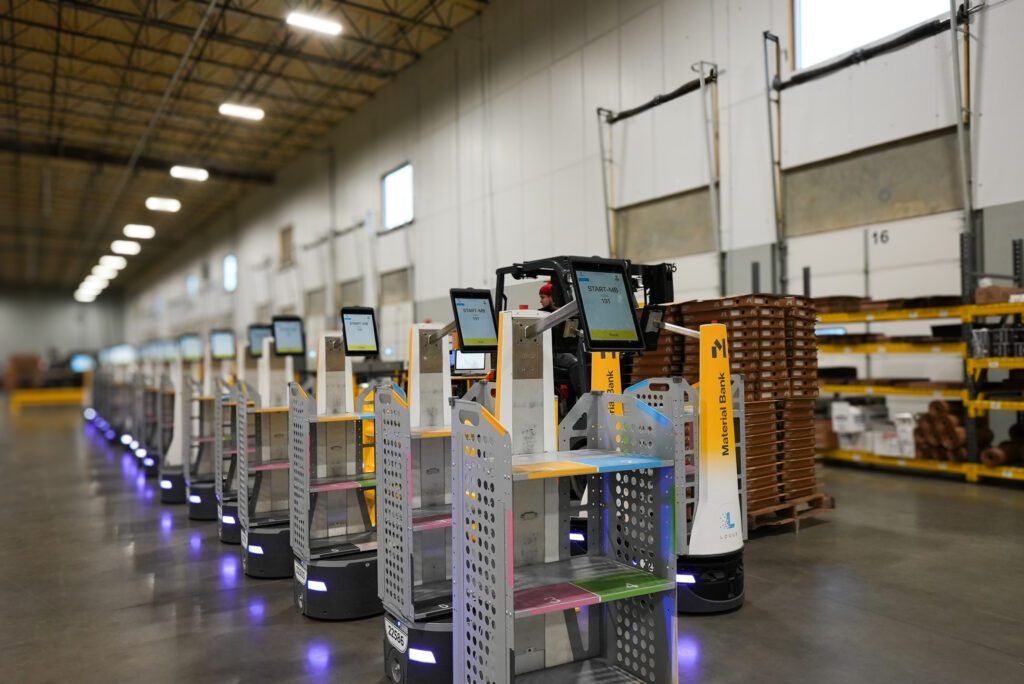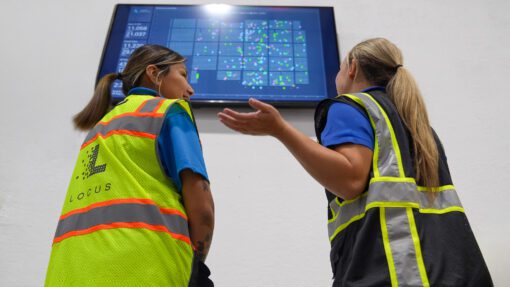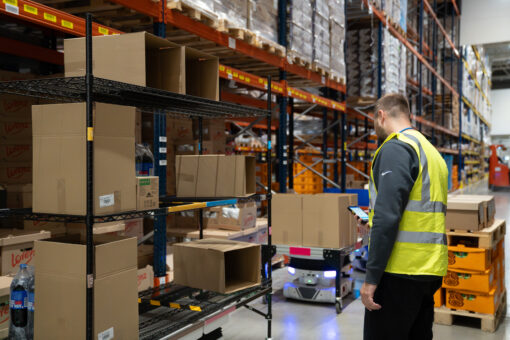WP: How to achieve 400 UPH with Locus Fast Pick
WP: How to achieve 400 UPH with Locus Fast Pick Download Now!
Beyond the Features: What Really Matters in a Warehouse Management System
Mary Hart, Sr. Content Marketing Manager

When it comes to choosing a Warehouse Management System (WMS), the decision is too important to be reduced to a checklist of features. In a recent episode of Warehouse Automation Matters, I spoke with Amit Levy, EVP of Sales and Strategy at Made4net, about what warehouse managers should really be evaluating beyond software capabilities.
Why Warehouse Management System Features Aren't Enough
Many managers go into the buying process assuming that most WMS platforms are similar and that once they purchase one, their problems will be solved. According to Levy, that assumption can lead to disappointing outcomes.
"Even the most advanced WMS can’t fix broken processes," he told me. "You need SOPs in place, alignment with IT, and a clear understanding of your warehouse’s unique needs."
Three Core Pillars for WMS Evaluation
So what should warehouse leaders be prioritizing?
- Inventory Accuracy: A WMS is only as good as the inventory data it maintains, so look for real-time accuracy down to the location and attribute level.
- Scalability: Your system must handle growth, whether that’s in the form of more SKUs, more facilities, or new fulfillment channels.
- Usability: A powerful platform means little if users can’t adopt it quickly. Choose a system with a modern, intuitive interface that reduces training time and error rates.
A WMS That Can Pivot with You
In warehouses, flexibility is a requirement. Levy pointed out the need for systems that support rule-based engines, enabling you to adapt workflows on the fly without waiting on new code.
"You want a WMS that lets you pivot fast, whether that’s a packaging change or a new customer requirement," he said.
Bridging Manual and Automated Workflows
Today’s warehouses rarely rely on a single model. Instead, they’re hybrids that mix manual labor with automated processes and robotic systems like autonomous mobile robots (AMRs) from Locus Robotics that easily integrate with Made4net. In this way, the WMS and the AMR work together to balance human and machine labor, optimize tasks in real time for better productivity, and ensure visibility across every system in play.
Start with Strategy, Not Software
A successful WMS implementation begins long before a demo. It starts with mapping your processes, defining your biggest inefficiencies, and aligning operations and IT teams from the beginning. That foundation gives you the context to ask smarter questions and make a better match.
"You can’t run a real-time operation on yesterday’s data."
That quote from Levy sums up the modern WMS imperative: be agile, be data-driven, and be prepared to scale.
Ready to go deeper in learning about what to look for in a WMS?
Listen to the full episode of Warehouse Automation Matters here.




